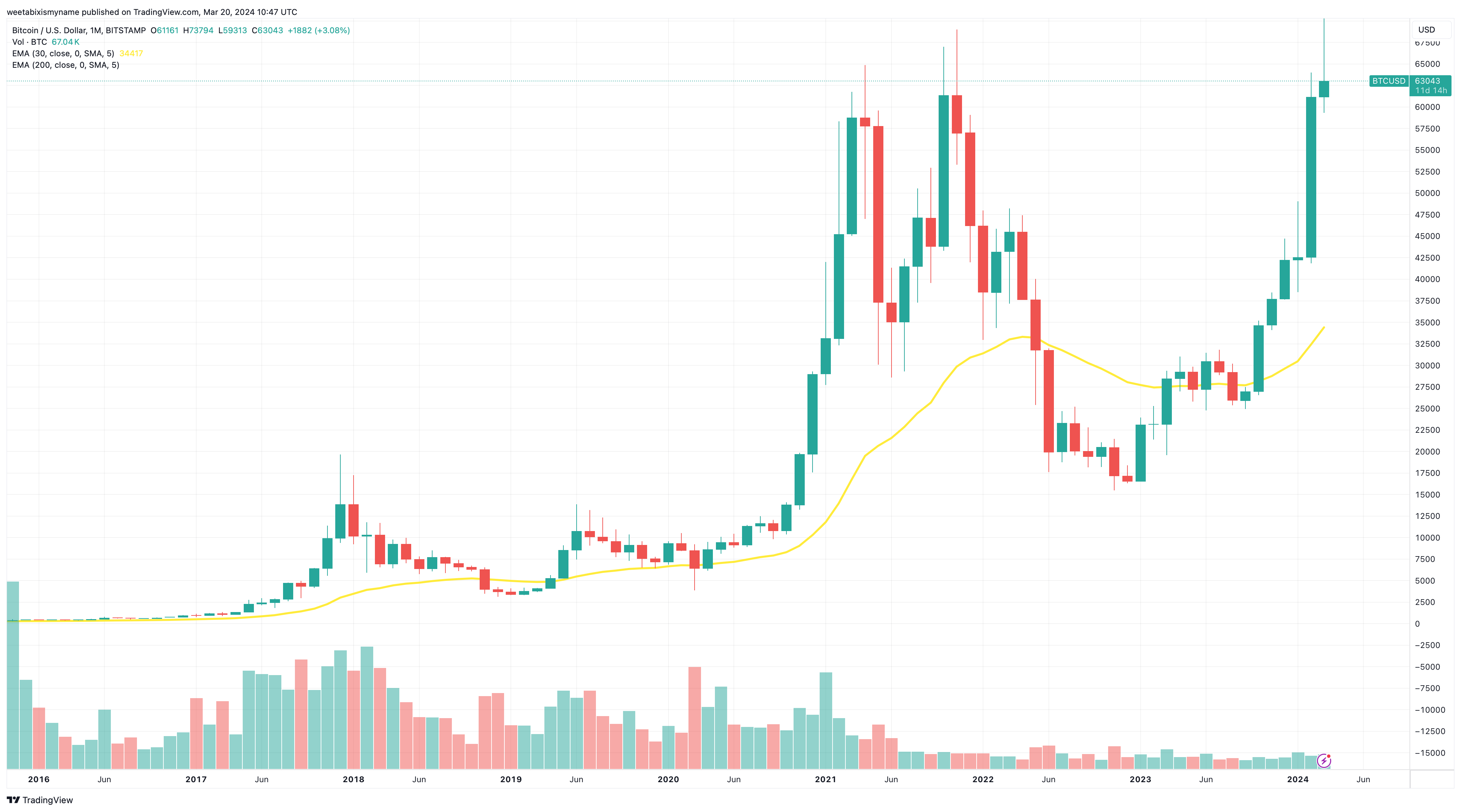Lessons From the 2018 & 2022 Crypto Winters and a Survival Guide for the Next Bear Market

Bear markets are a natural part of the financial cycle, with even the most bullish periods of growth having to end in contractions.
Yet each bear market has its own unique causes and conditions, as the cryptocurrency industry has already found out during the two major crypto winters it has experienced since Bitcoin’s launch in 2019.
The first of these winters arrived in 2018 and the second in 2022.
Both of these depressions had their own particular triggers, with the differences between them – related to market dynamics, utility and regulation – showing how far crypto has matured since its emergence more than a decade ago.
The 2018 Crypto Winter: Internal Factors Burst Bubble
In contrast to the 2022 downturn (about which more below), 2018’s crypto winter followed more from internal factors.
The market was still in a young and immature state, having experienced its first mainstream bull rally in December 2017 and January 2018, which was characterized by excessive hype and exuberance.
Yet because cryptocurrencies and blockchains offered little in the way of real-world utility at the time, prices were destined to crash back down to Earth, with Bitcoin going from a then-record of $19,783 on December 17 to below $7,000 by early February.

“The market wasn’t ready for primetime just yet, due to the nascency limitations of blockchain technology,” explains Fuel Labs CEO and co-founder Nick Dodson. “Additionally, an initial period of intense hype surrounding certain cryptocurrencies could have led to an unsustainable bubble that eventually burst.”
Helping the bubble to burst were a couple of other significant causes, with the regulatory blowback being the most notable. This was especially the case in China, which banned initial coin offerings in September 2017 and then outlawed all crypto trading in February 2018.
As Castle Funds President Peter Eberle notes, “There were increasing regulatory concerns around the world, with many governments and regulatory bodies cracking down on cryptocurrencies and ICOs. This uncertainty around the regulatory environment added to the negative sentiment in the market.”
The Role of Retail Investors
Negative sentiment was especially damaging in 2018, given that inexperienced (and often fickle) retail investors had been leading the bull market, with institutions not really playing a major role until 2021/22.
This meant that regulatory threats and a loss of momentum had a disproportionate effect on the prevailing mood, bringing the market down very quickly.
“The main reason for this was that the price was primarily driven by a surge in interest from retail investors and by speculation,” agrees Joey Garcia, the Director and Head of Public Affairs, Policy and Regulation at Xapo Bank.
Garcia also notes that hacks and other exploits had a big effect on damping the market, with a CipherTrace report showing that scams and hacks accounted for $1.7 billion in losses in 2018. “There were also core security concerns with high profile hacks and security breaches of exchanges and wallets which undermined trust in the ecosystem by highlighting vulnerabilities in the infrastructure supporting the projects and deterring new investors,” he adds.
Taken together, such factors – which were mostly internal to crypto – helped to quickly turn the euphoria of late 2017 into the prolonged crypto winter of 2018.
The 2022 Crypto Winter: Macroeconomics Plays Bigger Role
While the 2022 crypto winter did also follow from internal factors to some extent, it found the crypto market more exposed to macroeconomic conditions than ever before.
This shouldn’t be surprising, given that the 2020/21 bull market benefitted largely from the introduction of rock-bottom interest rates and quantitative easing.
So when this situation reversed, with rising inflation, rate hikes and quantitative tightening, it was only logical that investors began pulling their money out of crypto.
By this time, research had found that cryptocurrency markets had become increasingly correlated with the stock market.
The latter also saw a prolonged decline in 2022, as the global economy weathered a recession, so it seems that the cryptocurrency market was largely mirroring more traditional markets.
There was a key reason for this correlation, which was that institutional investors had begun playing an increasingly pivotal role in crypto by 2022.
“Institutional investors began embracing long-term investment strategies, opting for the buy-and-hold approach and solidifying crypto’s position as a legitimate asset class for portfolio diversification,” says Siddharth Lalwani, the co-founder and CEO of Range Protocol.
Yet there were internal factors again, most obviously the sudden and dramatic collapses of Terra Luna, FTX and other big players.
Not only did such failures result in a chain of interrelated bankruptcies, but they also severely undermined confidence in crypto.
Building
There was also regulation, with the SEC’s high-profile case against Ripple also casting a long shadow over prices.
But while these are all negative factors, it’s worth remembering that some positive differences had emerged by 2022.
“The period from 2018 to 2022 witnessed a remarkable transformation in the crypto landscape, with the emergence and proliferation of Decentralized Finance (DeFi) standing out as the most significant development,” explains Brendan Sedo, an initial contributor to Core DAO and former CEO of Joist.
“It was during this timeframe that blockchain technology truly expanded its utility to encompass entire self-contained financial systems […] DeFi evolved into a vibrant ecosystem, offering a wide array of services ranging from lending and borrowing platforms to decentralized exchanges (DEXs), yield farming opportunities, liquidity mining, and automated market makers (AMMs), among others.”
What’s significant about this difference is that such infrastructure and utility provided crypto with a stronger basis for weathering another winter.
And it’s arguable that the underlying growth in meaningful platforms has enabled the market to jump into another bullish phase of expansion more quickly than it may have done otherwise.
This teaches us the important lesson to be taken from the crypto winters of 2018 and 2022, and any other downturns that may follow. Namely, it remains vitally important to continue building during lean periods, regardless of what prices may be doing.
As Siddharth Lalwani sums up, “Focusing on fundamentals will be a key differentiator moving forward.
This includes clear use cases, robust technology, and a competent team. During crypto winters, projects with weak fundamentals often failed as market sentiment shifted and speculative bubbles burst.”




